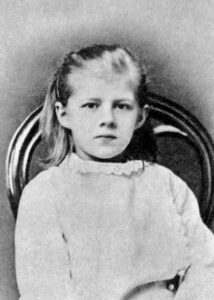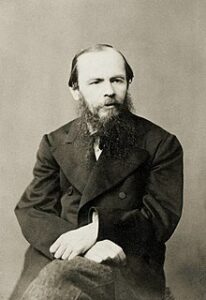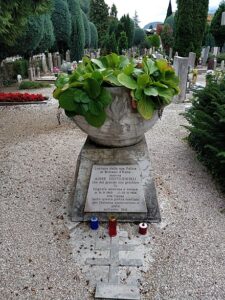Lyubov Dostoevskaya is best known for the book Dostoevsky as Portrayed by His Daughter (German: Dostoejewski geschildert von seiner Tochter, also known as Dostoevsky According to His Daughter), originally published in Munich in 1920. Her memoirs, written in French and published in German, were later translated into other European languages. In 1920 the book was released in Dutch (in Arnhem), the following year there were translations into Swedish and English, and in 1922 it was published in the United States and Italy. A Russian version, highly abridged, was published in 1922 by Gosudarstvennoe Izdatelstvo (Saint Petersburg) under the title “Достоевский в изображении его дочери Л. Достоевской”.
The work contains many factual inaccuracies, partly because Lyubov was only 11 at the time of her father’s death, and partly because she based the memoirs on her mother’s stories. Many researchers tend to see this memoir as subjective and unreliable, citing as an example her bias in the description of the relationship between Dostoevsky and his first wife, Mariya Isayeva. Both Lyubov and her mother Anna expressed hatred towards Isayeva.
Her other works include the short story collection Bolnye devushki (1911), and the novels Emigrantka (1912) and Advokatka (1913).






